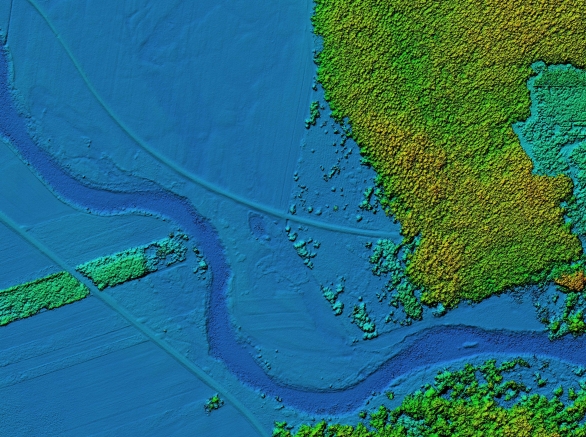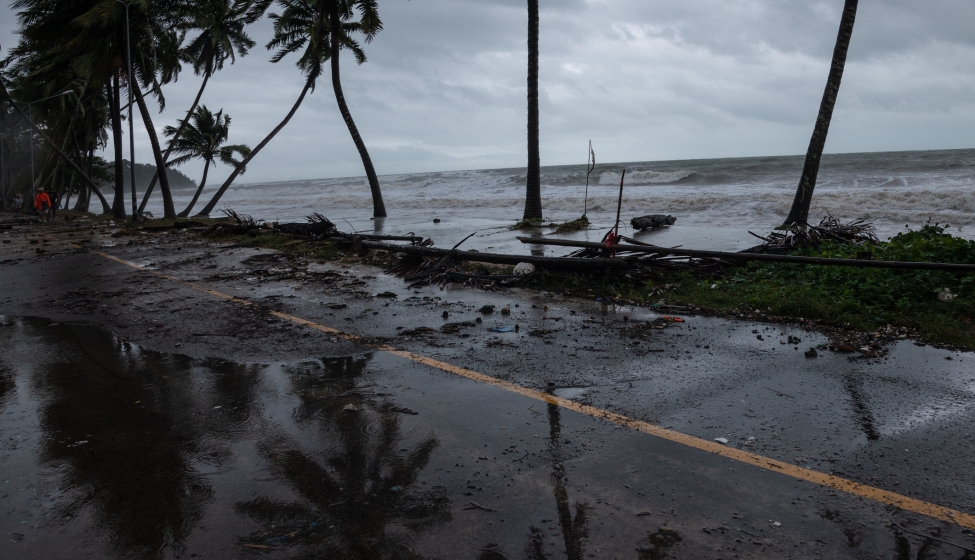February 16, 2023
Utility companies can get ahead of climate change and evolving regulations with quantitative risk analysis
Damage from extreme weather events in the U.S. totaled $145 billion in 2021. In addition to being the third-costliest year on record, 2021 was the fourth-warmest year on record, fueling increased hurricane activity, wildfires, and deadly heat waves.
As the costs of extreme weather mount and the impacts of climate change grow, some states are requiring utilities to prepare for increased operational risks from climate change-related hazards through climate change vulnerability assessments.
Investing in climate change vulnerability assessments is more cost effective for utilities than being unprepared for the next disaster.
For instance, the California Public Utilities Commission (CPUC) has mandated California Rulemaking (R) 18-04-19, "Decision on Energy Utility Climate Change Vulnerability," which requires investor-owned utilities to perform climate change vulnerability assessments and provide mitigation options every four years, aligned to their rate case cycles, with an outlook of 20-30 years. Southern California Edison was recently the state's first utility to file a climate change vulnerability assessment for their service territory in Southern California.
Similarly, the New York state legislature passed the Soil Health and Climate Resilience Act (S4824A) requiring utilities to submit a climate change vulnerability assessment to the New York Public Service Commission by September 2023.
Investing in climate change vulnerability assessments is more cost effective for utilities than being unprepared for the next disaster. By developing a quantitative risk framework, utilities can assess future climate vulnerabilities, evaluate aging infrastructure, and prioritize maintenance and capital projects based on risk profiles.
Building a quantitative risk-based framework for asset management & operability assessment
Assessing Risk
The first step in building this framework is assessing the risk associated with climate-related hazards and threats by identifying and analyzing vulnerable assets. Hazards are phenomena that cause a failure (e.g., wind, flood, drought, wildfire, etc.), while threats are phenomena that reduce an asset's ability to resist the effects of a hazard (e.g., corrosion, wood decay, metal fatigue, etc.).
Stakeholders, such as utility operators and asset managers, can quantify risk across various asset portfolios for multiple hazards through methods such as developing fragility curves, which relate the probability of asset failure when subject to a particular hazard intensity, and integrating those fragility curves with hazard curves that express the frequency of occurrence of hazard intensity.
Key considerations include:
- Prioritizing assets by screening and aggregating them to determine which are most vulnerable and contribute the most to a utility company's overall climate risk. Assets can be screened by reviewing historical failure rates in close collaboration with subject matter experts and asset managers.
- Determining location-specific hazards through localized studies.
- Using global climate models based on different emissions scenarios to estimate environmental variables (winds, temperature, moisture, etc.), re-create past climate-related events, and predict those that may occur in the future.
Combining climate modeling with probabilistic risk assessments can provide a more accurate projection of climate hazards because probabilistic risk assessments analyze the continuum of hazard intensities and extreme weather events rather than deterministically selecting a single event of unknown or changing frequency. Machine learning can be used to calibrate or validate quantitative risk models based on observed performance to better quantify a utility company's exposure and adaptive capacity to extreme weather risk.
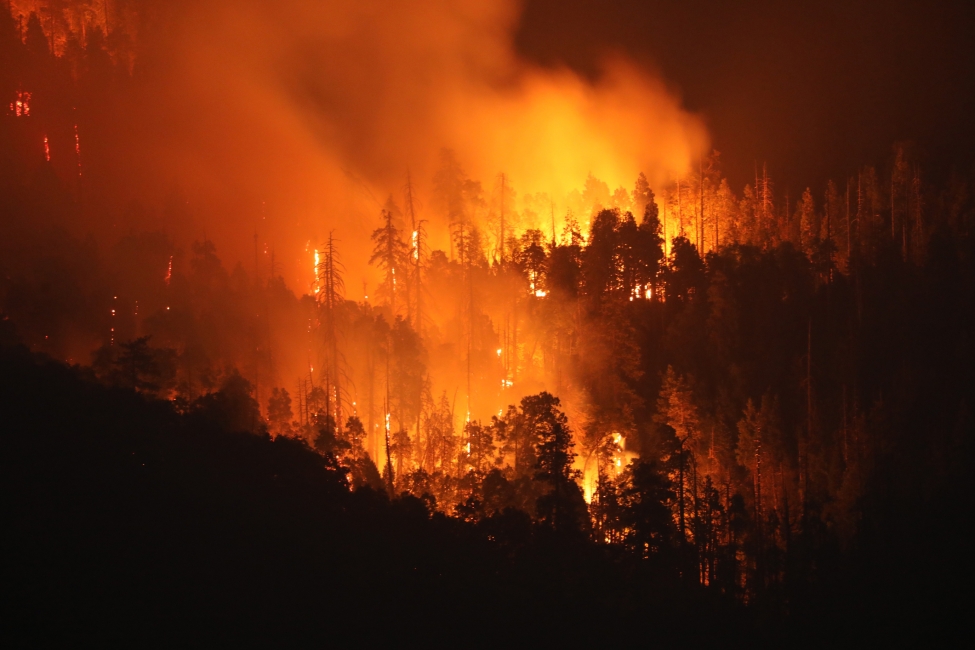
Mitigation Strategies
The next step in developing a quantitative risk-based framework involves devising short-term and long-term risk mitigation strategies. Mitigation strategies for utilities are specific to assets and highly dependent on the specific hazards that dominate the overall risk.
Short-term mitigations can include:
- Performing further detailed assessment of prioritized assets and locations
- Reinforcing or replacing individual assets
- Altering emergency response strategy when an extreme weather event is forecasted
Long-term mitigation strategies can include:
- Developing and implementing new types of repeated assets that are more resistant to hazards (e.g., wide-spread adoption of covered conductors)
- Burying lines, moving lines, or building redundant lines to increase adaptive capacity of the system
- Changing design standards so that assets are built or replaced in more climate-resistant ways
What Can We Help You Solve?
Exponent can help clients conduct climate change vulnerability assessments to reduce the risk of asset failure. By using a quantitative risk framework to identify vulnerabilities in their existing infrastructure, we help utilities develop robust, predictive asset management programs.
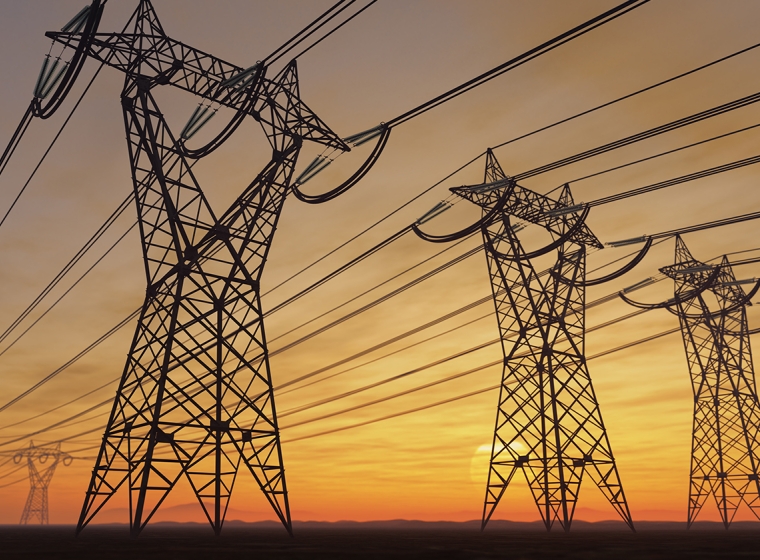
Asset Management for Extreme Weather Risks
Infrastructure evaluations and analysis to quantify risk and support informed decisions regarding maintenance and power shutoffs.
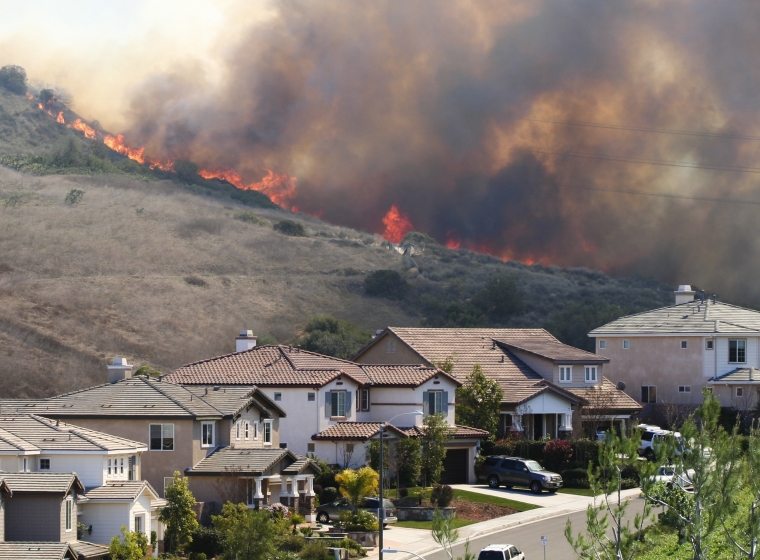
Electric Utility Asset Management & Wildfire Risk Mitigation
Accurately evaluate electric utility asset health and reduce wildfire risks with data-driven insights.

Quantitative Risk Assessment for Buildings & Structures
Innovative, quantitative risk assessments to support climate-change planning that helps protect buildings, infrastructure, and other valuable assets.
Insights
